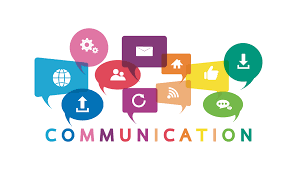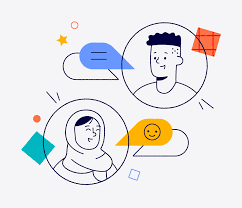Mastering the Art of Communication: Key Strategies for Effective Interaction
Communication is the basic introduction of humans. In this blog post, we’ll explore the significance of communication and delve into practical strategies for enhancing it in various contexts.

- The Significance of Communication
Communication serves as the lifeline of relationships, enabling individuals to convey thoughts, emotions, and ideas. In personal relationships, it fosters intimacy, resolves conflicts, and strengthens bonds. In the workplace, it promotes collaboration, boosts productivity, and nurtures a positive organizational culture.
2. Understanding the Communication Process
The communication process comprises several elements, including encoding . Each stage of this process presents opportunities for improvement and optimization.
3. Common Challenges in Communication
Misinterpretations, distractions, cultural differences, and technological barriers can impede the clarity and effectiveness of communication. Recognizing and addressing these challenges is essential for fostering better communication.
4. Strategies for Enhancing Communication
To enhance communication effectiveness, individuals can adopt several strategies:
- Active Listening: Actively engage in listening, focusing on the speaker’s words, tone, and body language. Avoid interrupting and practice empathy to understand the speaker’s perspective fully.
- Clarity and Conciseness: Express thoughts and ideas clearly and succinctly, avoiding ambiguity and verbosity. Use simple language and structure messages logically to facilitate understanding.
- Empathy and Emotional Intelligence: Cultivate empathy by putting yourself in others’ shoes and acknowledging their feelings and experiences. Develop emotional intelligence to manage emotions effectively and navigate interpersonal dynamics.
- Adaptability: Adapt your communication style and approach based on the context, audience, and medium.
- Feedback and Reflection: Seek feedback from others and reflect on your communication habits and patterns. Actively incorporate feedback to refine your communication skills and foster continuous improvement.
- Digital Communication Etiquette: Practice proper etiquette in digital communication, including using appropriate language, responding promptly, and avoiding misunderstandings.

Conclusion
Effective communication is a multifaceted skill that requires intentionality, empathy, and adaptability. By understanding the communication process, recognizing common challenges, and implementing practical strategies, individuals can enhance their communication effectiveness in various contexts.